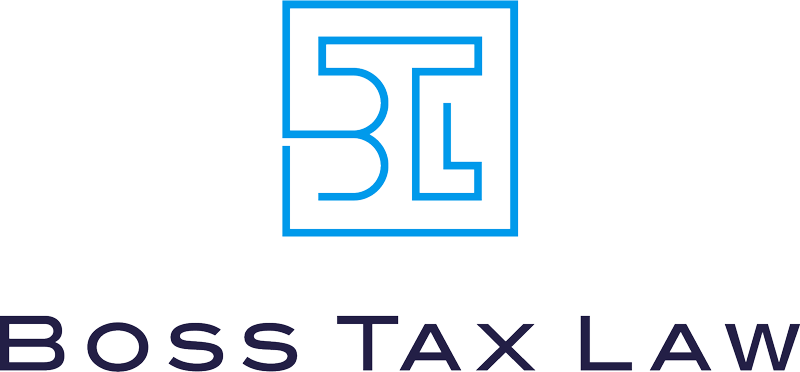Waiting for your tax refund can feel like watching paint dry, but what happens when weeks turn into months and your refund never arrives? If you’re dealing with a missing IRS refund, you’re not alone—and more importantly, you have options.
This comprehensive guide will show you exactly how to track down your missing refund using Form 3911 and working with the Bureau of Fiscal Service. By the end of this article, you’ll know the exact steps to take to get your money back.
When Is Your Refund Actually “Missing”?
Before diving into the solution, let’s establish realistic timelines. The IRS provides these estimates for refund processing:
- E-filed returns: 21 days or less
- Paper returns: 6-8 weeks
However, several factors can legitimately delay your refund:
Common Reasons for Refund Delays
- Return under review for accuracy or fraud prevention
- Missing or incorrect information on your tax return
- Offset for past-due debts like back taxes, student loans, or child support
- Identity verification required by the IRS
- Amended returns or corrections needed
Bottom line: Don’t panic unless it’s been at least 6 weeks for e-filed returns or 12 weeks for paper returns with no communication from the IRS.
Step 1: Exhaust Basic Options First
Before filing Form 3911, try these steps:
Check “Where’s My Refund”
Visit IRS.gov and use the “Where’s My Refund” tool. You’ll need:
- Your Social Security Number
- Filing status
- Exact refund amount from your return
Call the IRS Refund Hotline
Phone: 800-829-1954
Yes, hold times can be long, but representatives can sometimes see information that doesn’t appear online.
Verify Your Address
If you moved recently, your refund check might be sitting at your old address. File Form 8822 to update your address with the IRS.
Check for Offsets
Your refund might have been applied to other debts. Call the Bureau of Fiscal Service at 800-304-3107 to check for offsets.
Form 3911: Your Official Refund Tracer
When basic troubleshooting fails, Form 3911 (Taxpayer Statement Regarding Refund) is your next step. This form initiates an official trace of your missing refund.
When to File Form 3911
File Form 3911 if:
- It’s been more than 6 weeks since e-filing (or 12 weeks for paper returns)
- “Where’s My Refund” shows no information or an error
- You received a refund notice but never got a check or direct deposit
- You suspect your refund was stolen or misdirected
Working with the Bureau of Fiscal Service
Here’s something most taxpayers don’t know: the IRS doesn’t actually send your refund. Once the IRS approves your refund, they send payment instructions to the Bureau of Fiscal Service (part of the U.S. Treasury), which handles the actual payment.
Why This Matters for Missing Refunds
This two-agency system gives you another avenue for help:
For Direct Deposit Issues:
- The Bureau can trace electronic payments
- They can identify which bank account received the deposit
- They can help recover misdirected payments
For Check Issues:
- They can confirm when and where the check was mailed
- They can tell you if the check was cashed and where
- They can issue replacement checks for lost or stolen refunds
Contacting the Bureau of Fiscal Service
Phone: 855-868-0151
The Bureau typically has shorter hold times than the IRS and specializes specifically in payment issues.
How to Prevent Future Refund Problems
For Direct Deposit
- Double-check account numbers before submitting your return
- Use accounts in your name (or joint with spouse for married filing jointly)
For Paper Checks
- Keep your address updated with the IRS using Form 8822
- Sign up for USPS Informed Delivery to track mail
- Deposit checks promptly (they’re void after one year)
General Best Practices
- File electronically when possible for faster, more reliable processing
- Keep copies of all tax documents for at least three years
- Take screenshots of “Where’s My Refund” status updates
- Consider direct deposit over paper checks when possible
Take Action on Your Missing Refund
Don’t let bureaucracy keep you from your money. If your refund is genuinely missing, you have concrete steps you can take:
- Start with the basics – check online and call the IRS
- File Form 3911 if basic steps don’t help
- Contact the Bureau of Fiscal Service for payment-specific issues
- Be patient but persistent during the investigation process
Remember, the vast majority of missing refunds are eventually located and returned to taxpayers. The key is knowing which tools to use and when to use them.
Need help tracing and recovering a missing refund? Contact Boss Tax Law today!
